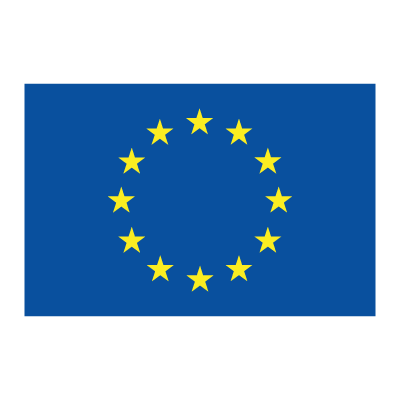A content to structure the needed knowledge and skills regarding the European Sustainable Circular Bioeconomy with bio-based products (CB) is in line with the EU decision to make legislative proposals that would break away from the traditional European linear economic model of make-use-dispose, in favour of a circular and regenerative model that uses resources in a smart and efficient way, turns waste into a new resource, and considers sustainability and circularity in the design of products and processes. So the requirements for highly trained specialists in the domain will become tremendous.
The innovative character of the proposed content consists of well targeted offer of knowledge and skills in accordance with the identified and described in the curriculum competences needed to perform in the Circular Bio economy, with highlighted characteristics of complexity, interdisciplinary, and multidisciplinary and really at the beginning as economic and technical implementation. Other innovative feature will be the important capacity to offer added value for the target groups of students, being structured based on advanced curriculum, assembling up to date knowledge, when the education offer for such IO’s is scarce. It will be achieved by going through the typical stages of developing an innovative scientific and technical content, meaning: realistic assessment of the existing situation; understanding of what is required; adequate structure of the improved information.
Finally another important innovative characteristic of the content will consists of the presentation by using online learning, but especially the use of Mixed Learning methodology of learning for two of the most complex topics.
The proposed content will be organized in several modules, as follows: Concepts of circular economy that generated sustainable circular bio-economy; General presentation of main developed domains in European bioeconomy; Model of transition from present bio-economy to circular and sustainable bioeconomy through waste valorization, based on solving the different categories of requirements to implement the new economic path; Bio-refinery for urban waste processing (based on MR techniques); Food waste bio refinery: Sustainable strategy for circular bio-economy; Advanced lignocelluloses bio-refinery to exploit the forest potential; Advanced lignocelluloses bio-refinery to exploit the forest potential; Development of new business models for circular bio-economy.
- Teacher: Narcisa Babeanu
- Teacher: Paqui Blanquez
- Teacher: A Chirvase
- Teacher: Sarra Montserrat
- Teacher: Nicoleta Radu


